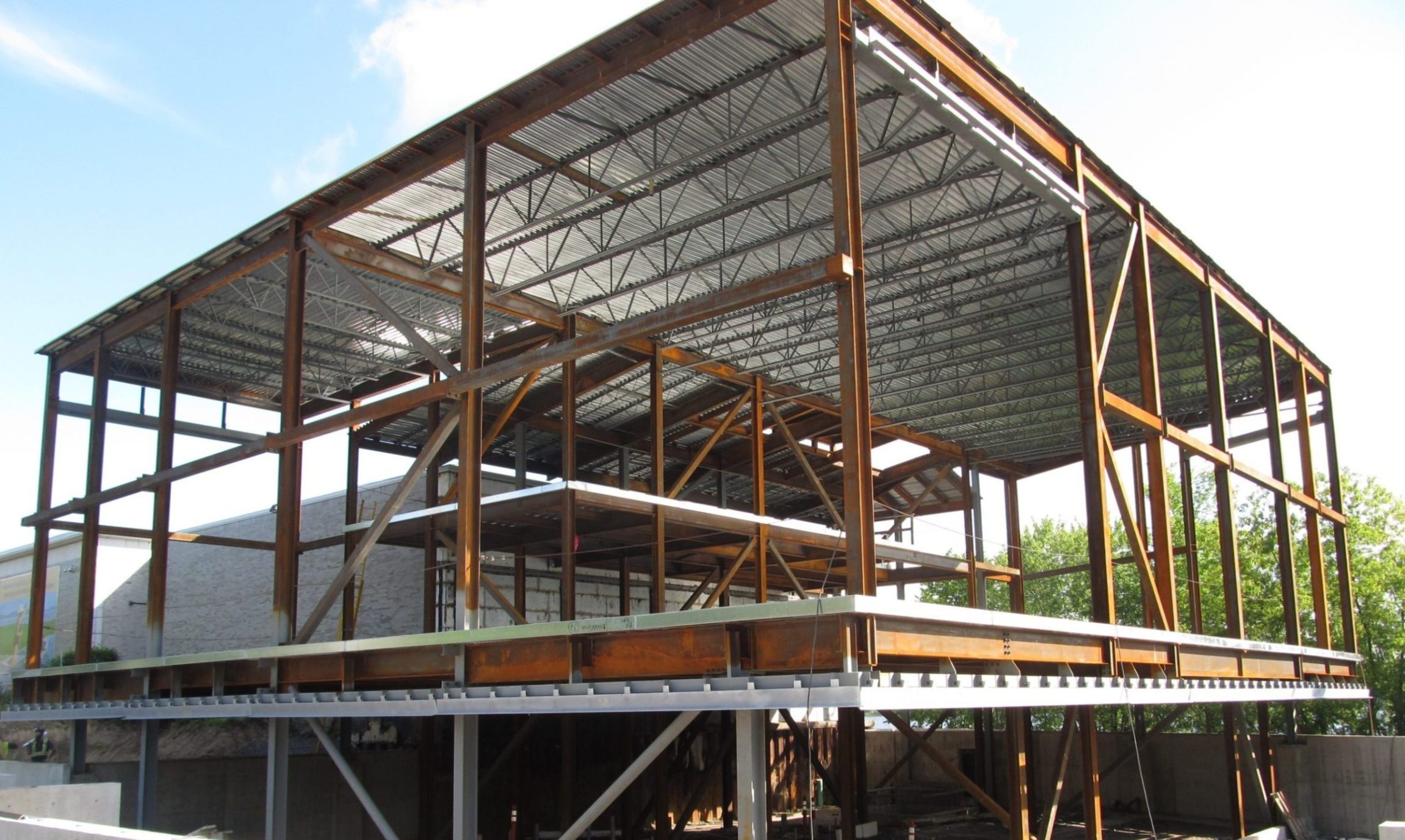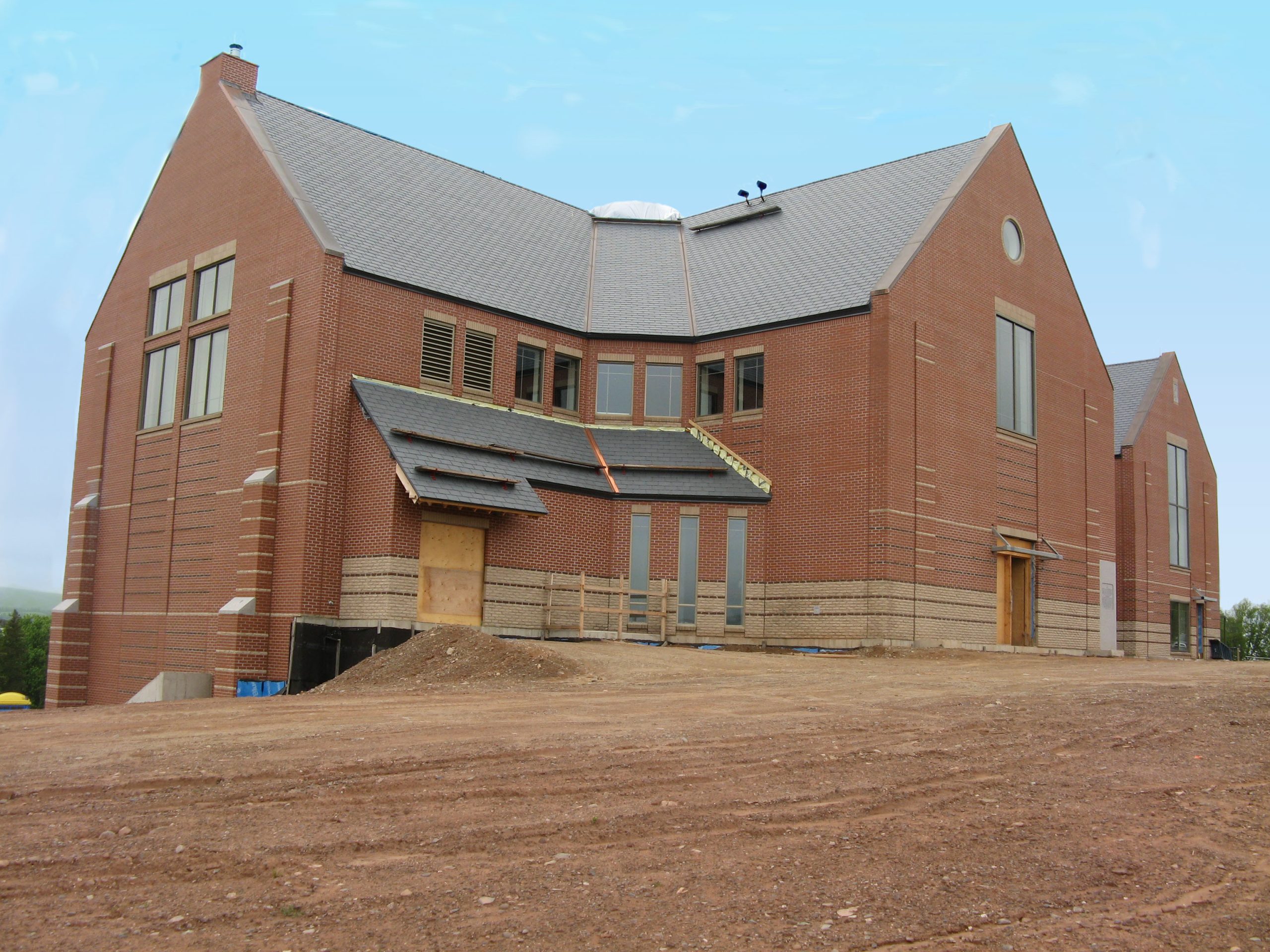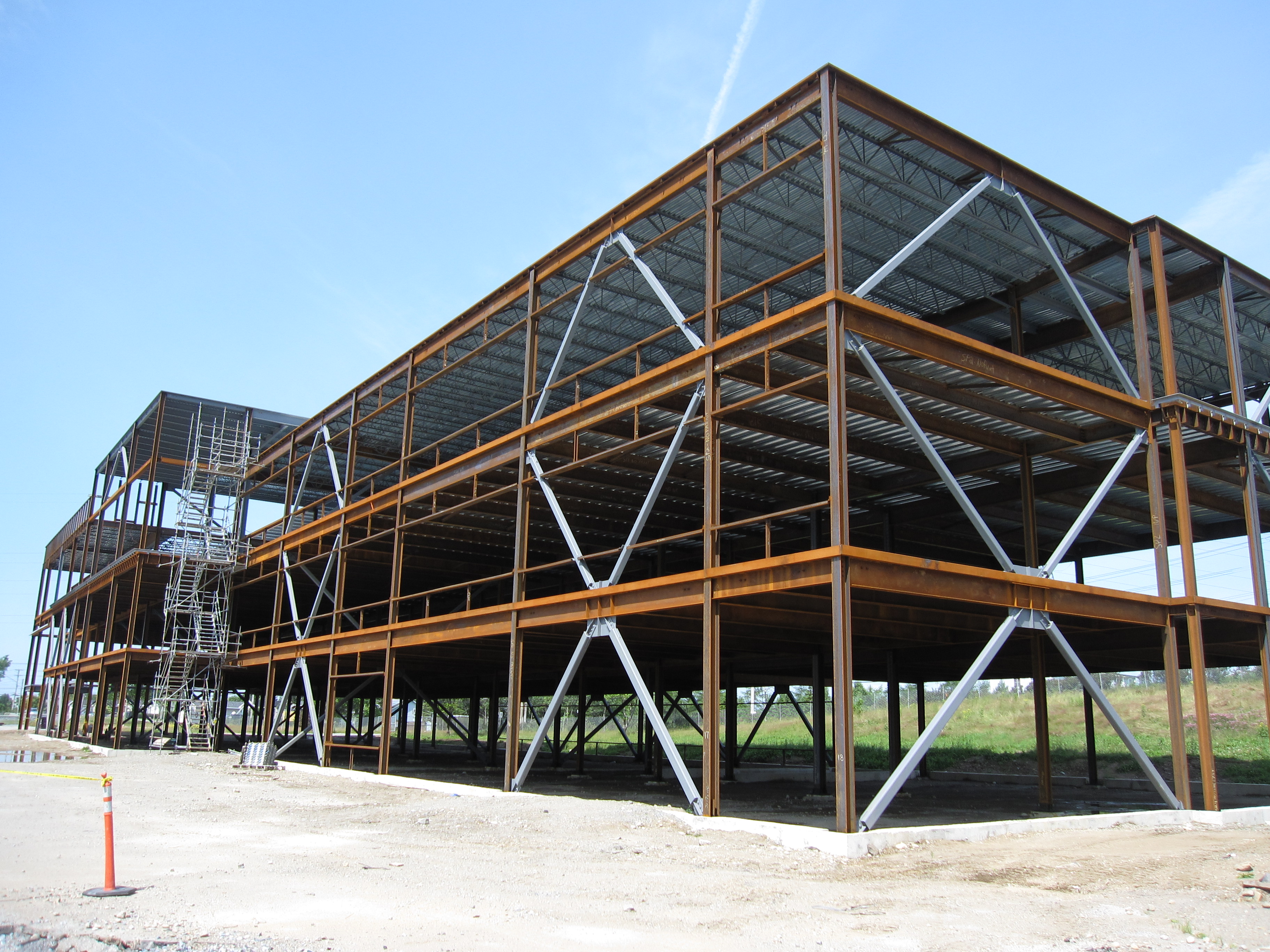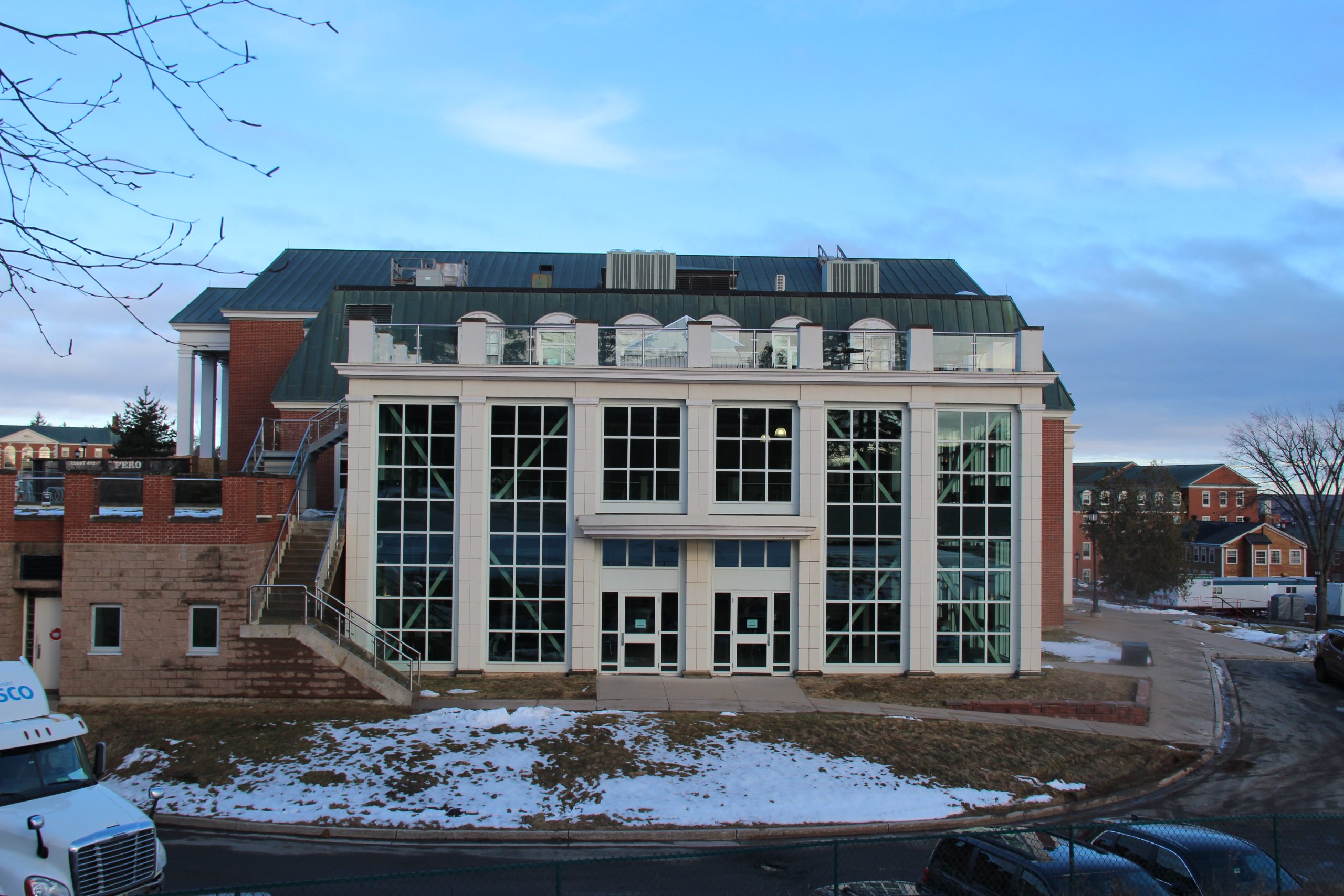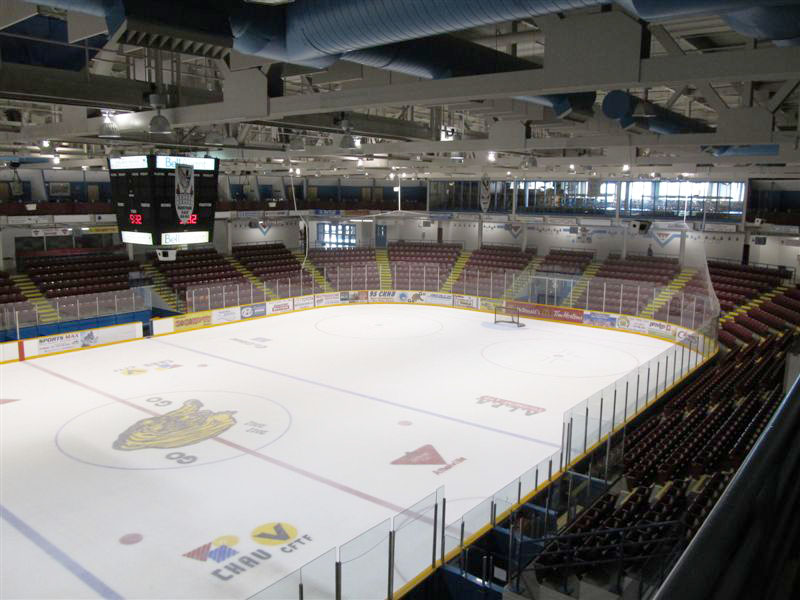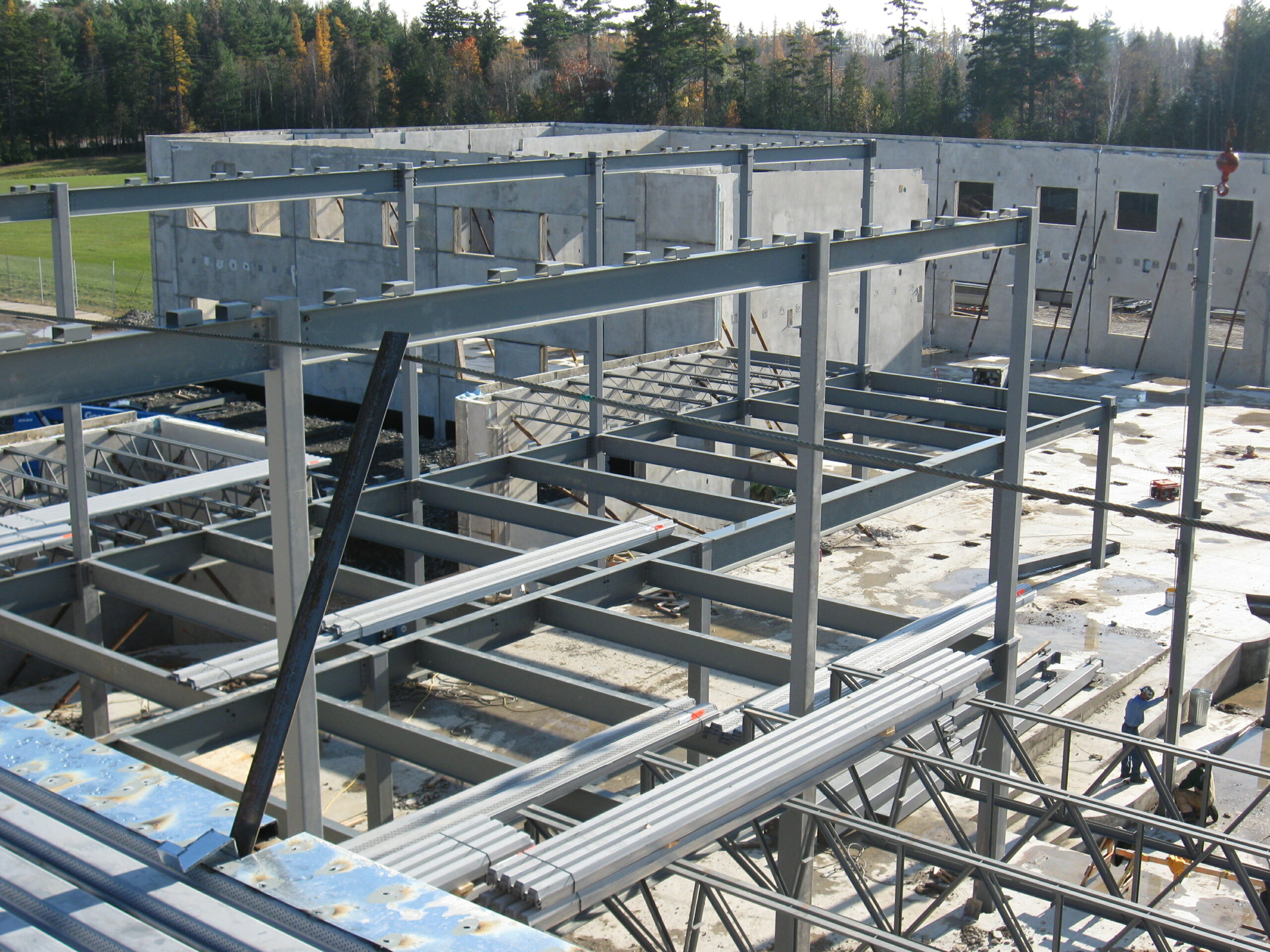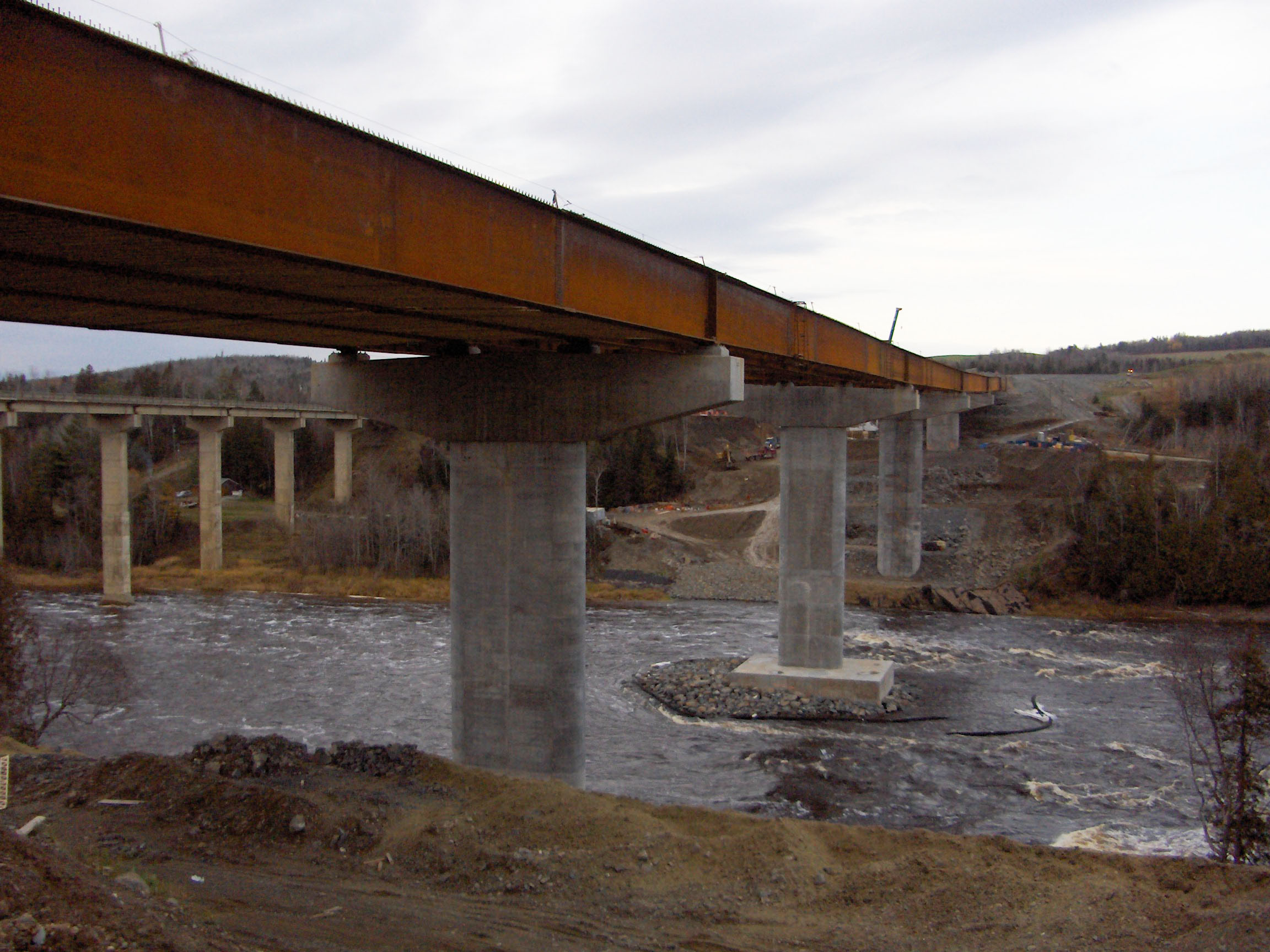The main addition is a 1,300 m², three storey structure featuring a contemporary design and housing new gallery spaces along with a large outdoor terrace. The building is steel framed with seismic forces resisted by steel cross bracing. The steel framing accommodated the contemporary design in which the upper floors overhang the lower level. The project is located on a flood plain and required an elaborate system of steel sheeting piling and reinforced concrete work to prevent flood waters from entering the building. Due to poor soil conditions, a piled foundation was required.
The project also included significant renovations to the existing gallery space to accommodate the new Harriet Irving Gallery.

